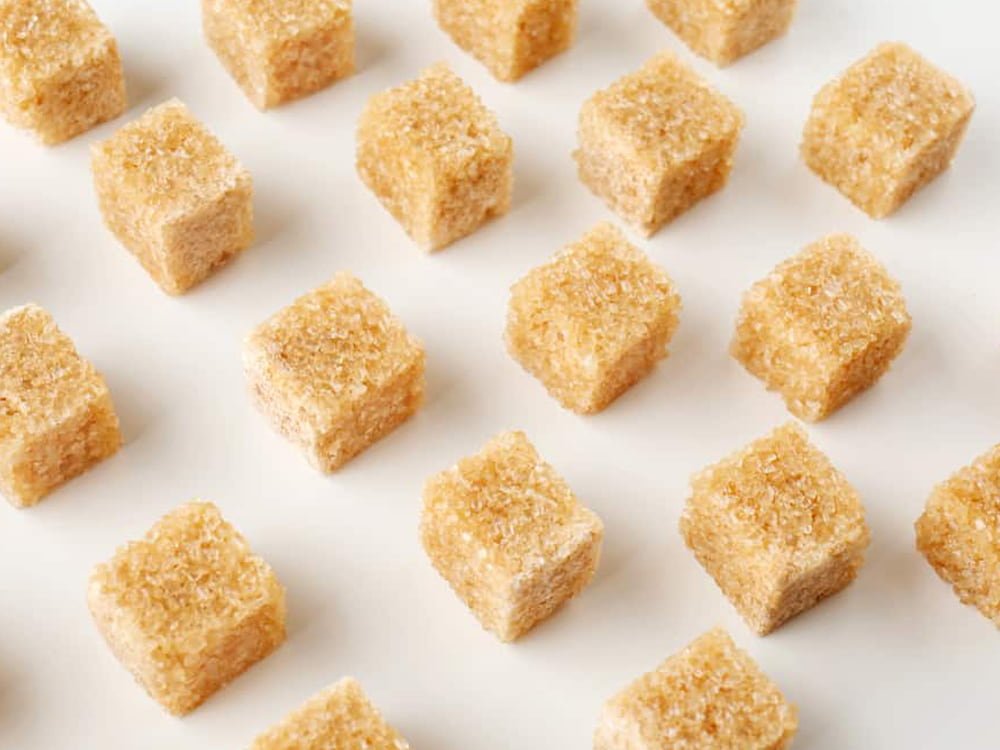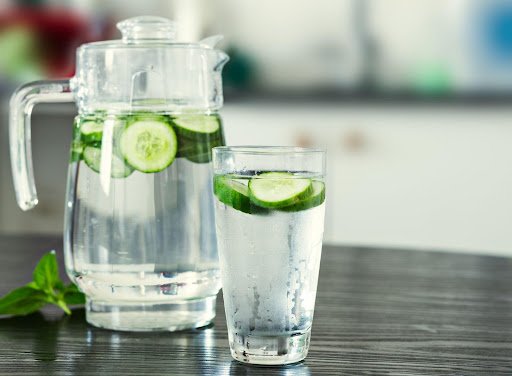
Many people use garlic salt and garlic powder interchangeably in their dishes. Most are unaware of any differences in taste or may wonder why their dish didn’t quite turn out as expected. We will provide you with the differences between the two, when to use them, and what brands are best for your cuisine.
But first, here are the top products we recommend that you’ll learn more about later:
- Best Overall: McCormick Garlic Salt
- Best Runner Up: Lawry’s Coarse Ground with Parsley Garlic Salt
How to Make Garlic Salt

Are you low on garlic salt, or have ever wondered how to make it? This simple process only requires a good quality blender or food processor, and you can control the texture of your salt.
Recipes for Garlic Salt
While there are many versions of this recipe, the most common is to combine three parts salt with one part garlic powder. Then, you can mix it to make garlic salt. This approach is a simple and easy way of doing it.
However, if you are looking for your own coarseness or texture, you may want to consider the recipe outlined below.
Garlic Salt Recipe

To make garlic salt:
- Process ½ cup of kosher salt and six cloves of garlic in a blender/food processor. Stop when the garlic reaches the desired coarseness.
- Line a baking sheet with parchment paper and spread the mixture on it. Bake for 45 minutes at 200° until it dries out.
- After baking, it may be chunky and clump up. Put it back through the blender/food processor until you get the desired texture.
Experts recommend using kosher salt since it provides a gentle salt to the food. It won’t be overbearing to the taste. Avoid using table salt due to its salty, sharp flavor.
Garlic Salt vs Garlic Powder
Garlic powder comes from dehydrated garlic cloves. First prepared in Central Asia, you will often find it in Indian and Chinese cuisine. Dishes are elevated using this seasoning which can add savory sweetness to the meal.
In contrast, garlic salt is a variation of salt with a savory twist. Garlic salt provides an interesting flavor and is a common component in burgers, lasagnas, and more.
Differences Between Garlic Powder and Garlic Salt

While most people think they are interchangeable, garlic salt and garlic powder are not. Garlic powder is simply dried garlic converted to fine powder form. As previously discussed, garlic salt is a combination of salt/garlic powder.
You can substitute garlic powder as opposed to garlic if you run out, and it is commonly used in some dishes where a subtle flavoring is optimal. You can also put it on popcorn or roasted nuts.
On the other hand, garlic salt is salt, and it is used on dishes where a salty taste is more desirable.
Garlic powder has a milder flavor than garlic. If you substitute. garlic powder for cloves, you may need to add more for that strong garlic taste. Always taste your dish while cooking, so the garlic doesn’t become overwhelming.
Garlic salt is primarily salt, but with a hint of garlic. Use it to flavor any dish just as you would regular salt.
If you are creating a dish and run out of garlic, you are best to add garlic powder for a more authentic taste. With garlic salt, this will not work due to the ratio of salt and garlic. It will only increase the saltiness of the dish and change the flavor.
Garlic Salt Substitute
If you are running low on this product, homemade is always best, just follow the recipe mentioned above.
The next best choice is mashing a clove of garlic into a paste. Then, add salt. This recipe adds a strong garlic taste to any dish without risking large garlic pieces entering the dish and affecting the flavor.
Additionally, you can finely chop garlic gloved into a paste before dissolving it using the garlic’s juices. The particles will be tiny enough to disappear into marinades or sauces without any issue. The only caveat is that due to the strength of the garlic, you may need to use less of it in your dish.
This recipe is best for wet rubs and dishes.
Garlic juice and salt together are another popular choice. Using garlic juice as your liquid and combining it with salt provides you with the same flavor. You can use it in salad dressings, marinades, hummus, and soups for seasoning.
The added benefit is the juice contains less of a garlicky flavor over the powder. If you want more garlic, you may need to use more of it. The general rule of thumb is for every teaspoon of garlic salt required, use two teaspoons of garlic juice combined with 2/3 teaspoons salt.
If you have an allergy to garlic, are on a low sodium diet,, or don’t like the taste of garlic, you can also use onion powder or mustard powder. Both options are great if you require less salt in your diet.
Best Overall: McCormick Garlic Salt

This salt is mellow and smoother over the taste of raw garlic and only contains a hint of salt. It is ideal for barbecued dishes or dry rubs.
Pros:
- Non-GMO
- Fresh, whole garlic is used
- Quick flavor boost
Cons:
- Not to be used in dishes already containing salt
- Holes are too large
Best Runner Up: Lawry’s Coarse Ground with Parsley Garlic Salt

This premium blend of parsley, salt, and garlic provides a fresh, long-lasting taste to any dish. It is also perfect for seasoning on bread and dips.
Pros:
- No MSG
- Bold flavor
- Enhances flavors in steaks, vegetables, and chicken
Cons:
- May have hints of sugar to the taste
FAQ

How much garlic salt is equal to a clove?
A clove of garlic equals half a teaspoon of garlic salt. Garlic salt, however, is concentrated and increasingly salty over fresh garlic cloves.
Which is better: regular salt or garlic salt?
You can use less salt if you add garlic salt to your dish. However, you are still adding sodium to the meal. For sodium-restricted diets, it is advisable to measure the amount used. Additionally, if your diet restricts using salt, use garlic powder.
Garlic salt and garlic powder each have different uses depending on what you are creating. You can’t use them interchangeably as they will affect the taste of your dish. For the best taste, always sample your dish beforehand to allow you to tweak the recipe before serving.








